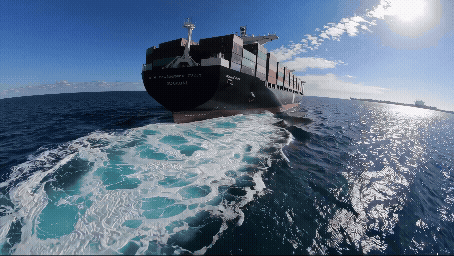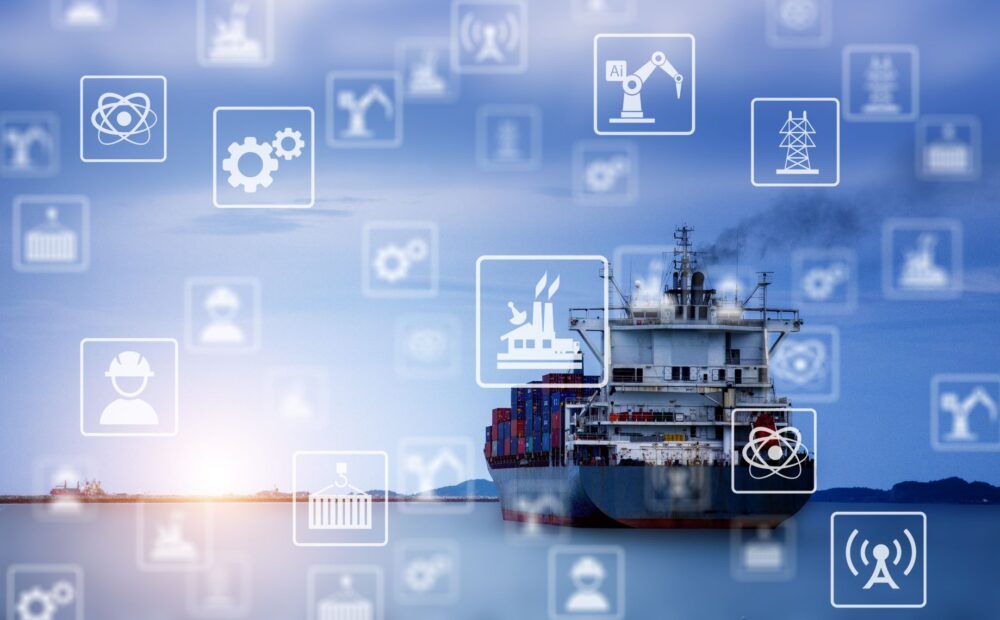 The document was prepared by the IAPH's World Ports Sustainability Program in collaboration with, among others, the World Bank. (GettyImages)
The document was prepared by the IAPH's World Ports Sustainability Program in collaboration with, among others, the World Bank. (GettyImages)
The pending homework for ports: decarbonisation, digitalisation and resilience
The International Association of Ports and Harbors (IAPH) has compiled the major challenges that ports must face in order to strengthen the whole supply chain. What should port authorities do to comply?
 The document was prepared by the IAPH's World Ports Sustainability Program in collaboration with, among others, the World Bank. (GettyImages)
The document was prepared by the IAPH's World Ports Sustainability Program in collaboration with, among others, the World Bank. (GettyImages)
‘Closing the Gaps – key actions in digitalization, decarbonization and resilience the maritime sector’, published last October 2022 by the International Association of Ports and Harbors (IAPH), addresses the three areas where most gaps have been identified: digitalisation, decarbonisation and resilience.
The report was conceived at the World Ports Conference that the IAPH held virtually in June 2021. "Much of the content of the conference revolved around the impact of the pandemic and what ports could do to maintain their operations. These three indicators are the result of what the port authorities expressed then as their priorities," explains Victor Shieh, IAPH’s communications director.
The report, in addition to compiling the challenges represented by these indicators, proposes a concrete action plan to close the gap in each of them.
Resilience: infrastructure and governance
At the conference, both Santiago García-Milà, the outgoing president and current deputy director and head of innovation and business strategy at the Port of Barcelona, and Subramaniam Karuppiah, his successor and general manager of the Klang Port Authority, expressed the same idea, Shieh said: "Many of the problems related to the pandemic were the result of existing resilience issues, such as the lack of long-term investment in expanding and improving infrastructure.”
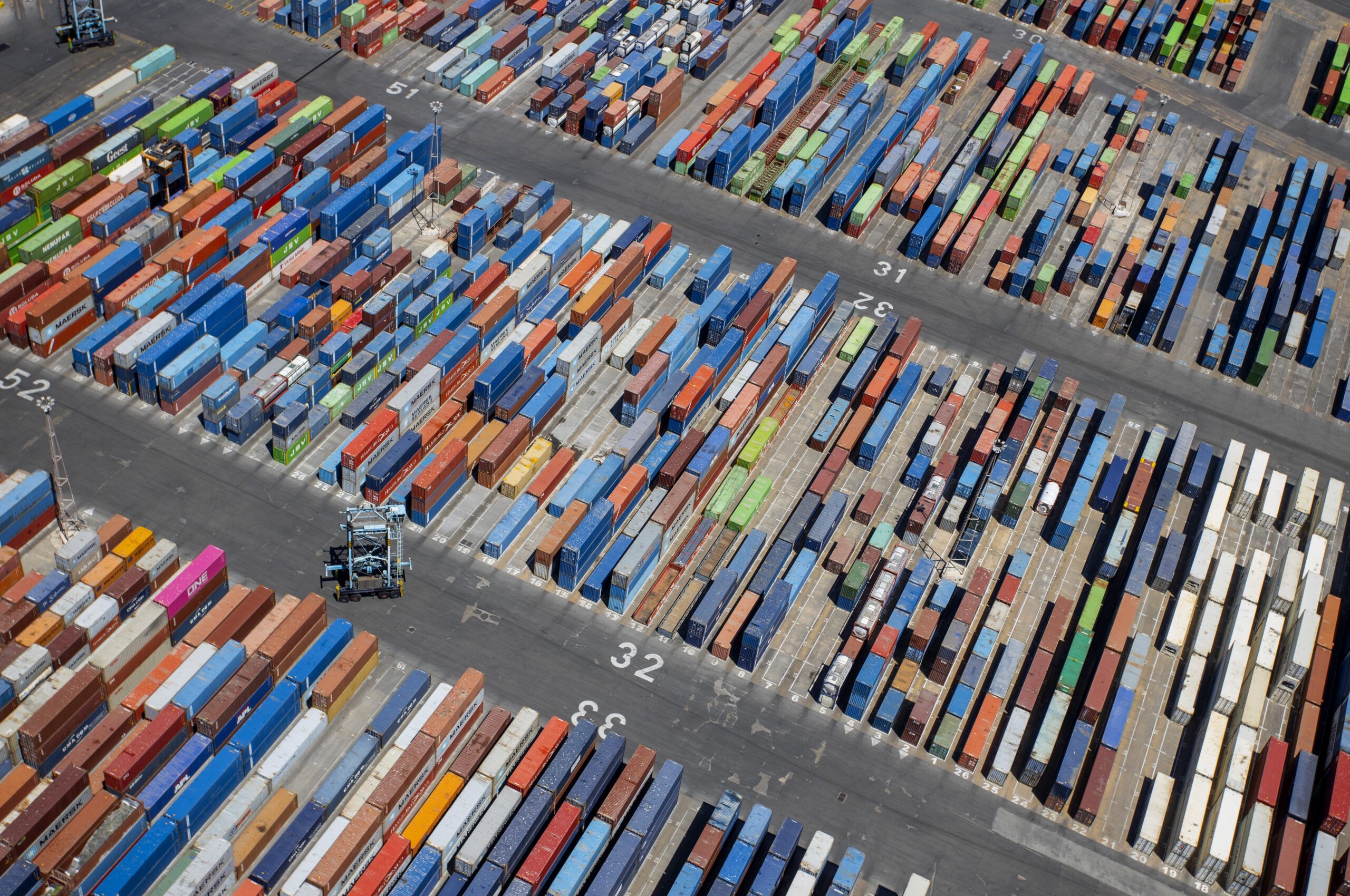
The IAPH report notes, among others, the following issues to be resolved:
- The COVID-19 pandemic exposed the inability of infrastructure to absorb and respond to swings between supply and demand.
- Ports were exposed to disruptions in their hinterland storage capacity and intermodal supply chain connectivity.
- Gaps in the global port infrastructure are becoming strained to the point that the supply chain crisis cannot be seen as an isolated event, but involves all stakeholders. This interconnectedness makes it difficult to identify problems individually and therefore to find effective solutions.
The solutions: collaboration, human capital and investment
- "Ports need to attract new talent and reflect on their governance model. Some maritime operators, for example, have already initiated the change and are incorporating professionals not necessarily linked to the sector. Ports must do the same to transform their organisation and lead it towards innovation," says the IAPH communication director.
- Future and necessary port expansions will have to attract private capital as public sector financing will not be sufficient.
- Elevate the role of the ports. From being only landlords to potential orchestrators facilitating fluidity in the supply chain. Some ports should also aspire to be decarbonised energy centres to supply industry and maritime clusters serving their port communities.
- Active collaboration between the logistics actors involved at each point of exchange of goods, with more transparency in the availability and exchange of data.
The report, in addition to compiling the challenges represented by these indicators, proposes a concrete action plan to close the gap in each of them
Digitalisation: trust, transparency and legislation
On digitalisation, Shieh says the pandemic spurred digital solutions such as creating safe environments for workers. "What we have seen in the last three years in terms of digital acceleration has far surpassed what we have seen in the last ten years.”
Still, the report identifies a number of challenges to be addressed:
- It emphasises the differences between developed countries (and even within these, not all ports are keeping pace) and developing countries (where there are also differences between them) in terms of maturity in the adoption of maritime single window systems and port community systems. The lack of a legal framework to address digitisation is cited as one of the main causes.
- Harmonising the different standards to facilitate the exchange of information between ships and the port and the interoperability of the electronic system. These should, in theory, follow the IMO Compendium on Facilitation and Electronic Commerce.
- The reluctance of the private sector to share critical data with public authorities, and vice versa, is partly due to cybersecurity concerns.
Thus, the report confirms some of the conclusions already evidenced at recent port conferences, pointing to the lack of global standardisation in many aspects, and the difficulty and reluctance in data sharing as two of the main current barriers to port digitalisation.
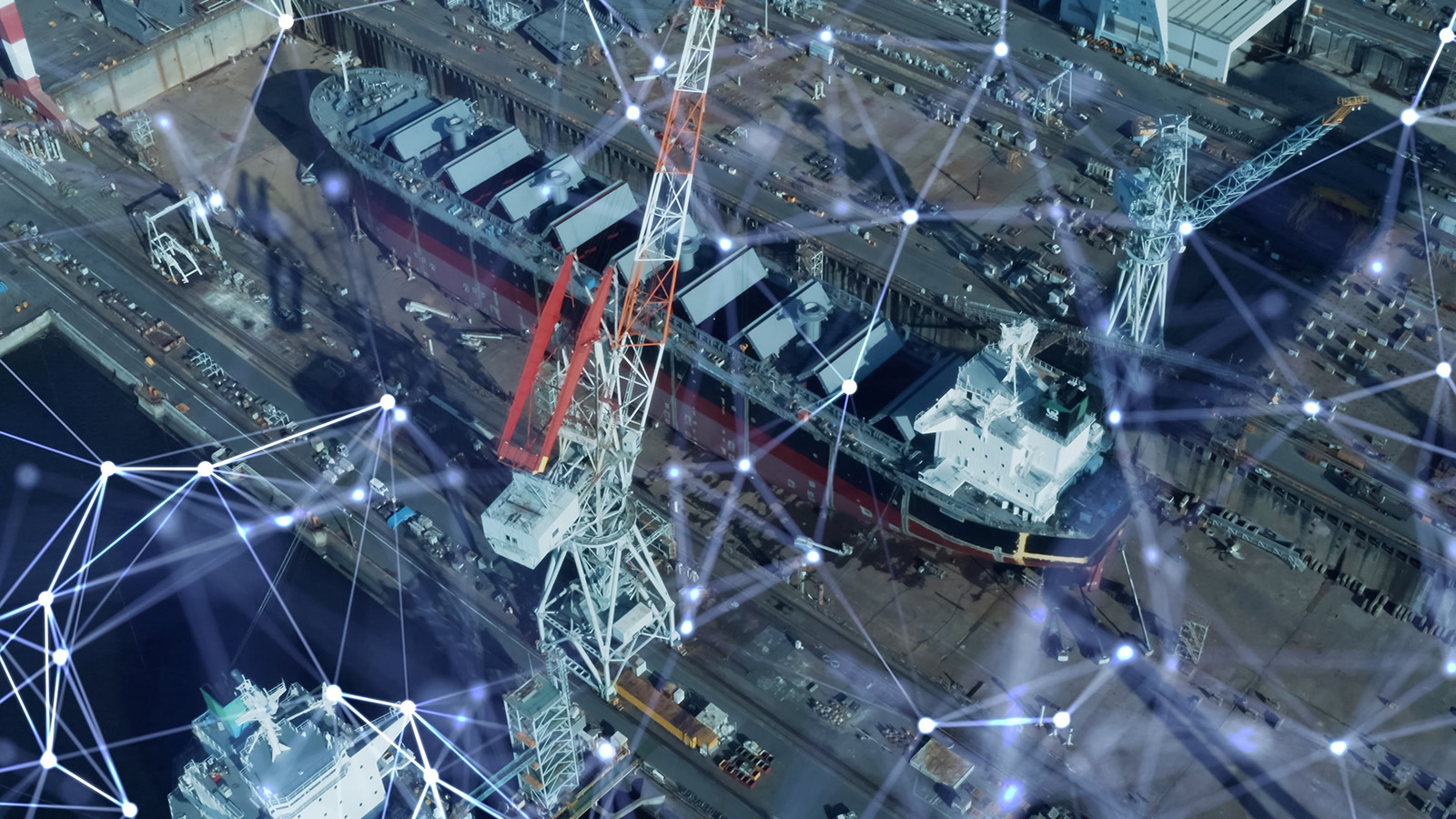
The possible solutions: establishing common standards and a roadmap
- Standardise data exchange between stakeholders with regulatory authorities providing a legal framework for its structuring and exchange.
- Efforts are underway to adopt robust and common standards, led by various organisations such as the DCSA, BIMCO, ICT 4.0, IPCSA, ITPCO and ports such as the Maritime Port Authority of Singapore and the Port of Rotterdam.
- Establish inter-ministerial committees at government level tasked with designing a plan to implement both a maritime single window and a port community system. The next step is to create appropriate legislation on its use.
- The way forward to boost the digitalisation of world ports identified in the #CloseTheGaps exercise involves establishing a long-term and realistic roadmap towards digitisation.
- Ports should implement a strategic cybersecurity plan taking into account the needs of both their customers and users as well as their respective public sector stakeholders.
Decarbonisation: availability of energy sources
The third major challenge for ports identified in the study is the decarbonisation of their activity. Ports are large intermodal transport hubs, where land transport (road and rail), maritime and, in some ports, river transport coexist and are integrated; but they are also on many occasions large production centres where heavy industry plays an important role (refineries, regasification plants, steelworks, basic chemical industry, etc.). The reduction of emissions and the energy transition are perhaps the main challenges for the sector, which, according to the report, presents important gaps in this area:
- There is a significant disparity in CO2 emissions between regions. This is one of the main problems for developing countries in financing the decarbonisation of shipping, as developed countries are the main emitters. However, solutions will need to be global if significant progress is to be made in decarbonising the sector.
- One of the main gaps facing ports is the availability of low or zero carbon energy sources. To reduce emissions in and around ports, measures such as the introduction of shore-side electricity connection for ships at berth must be accompanied by the availability of solar, wind, geothermal, tidal and other renewable sources of electricity.
- The absence of regulation and funding needed to close the gap between the cost of producing zero-emission fuels and hydrocarbons increases the risk for ports that commit to investing in bunkering infrastructure.
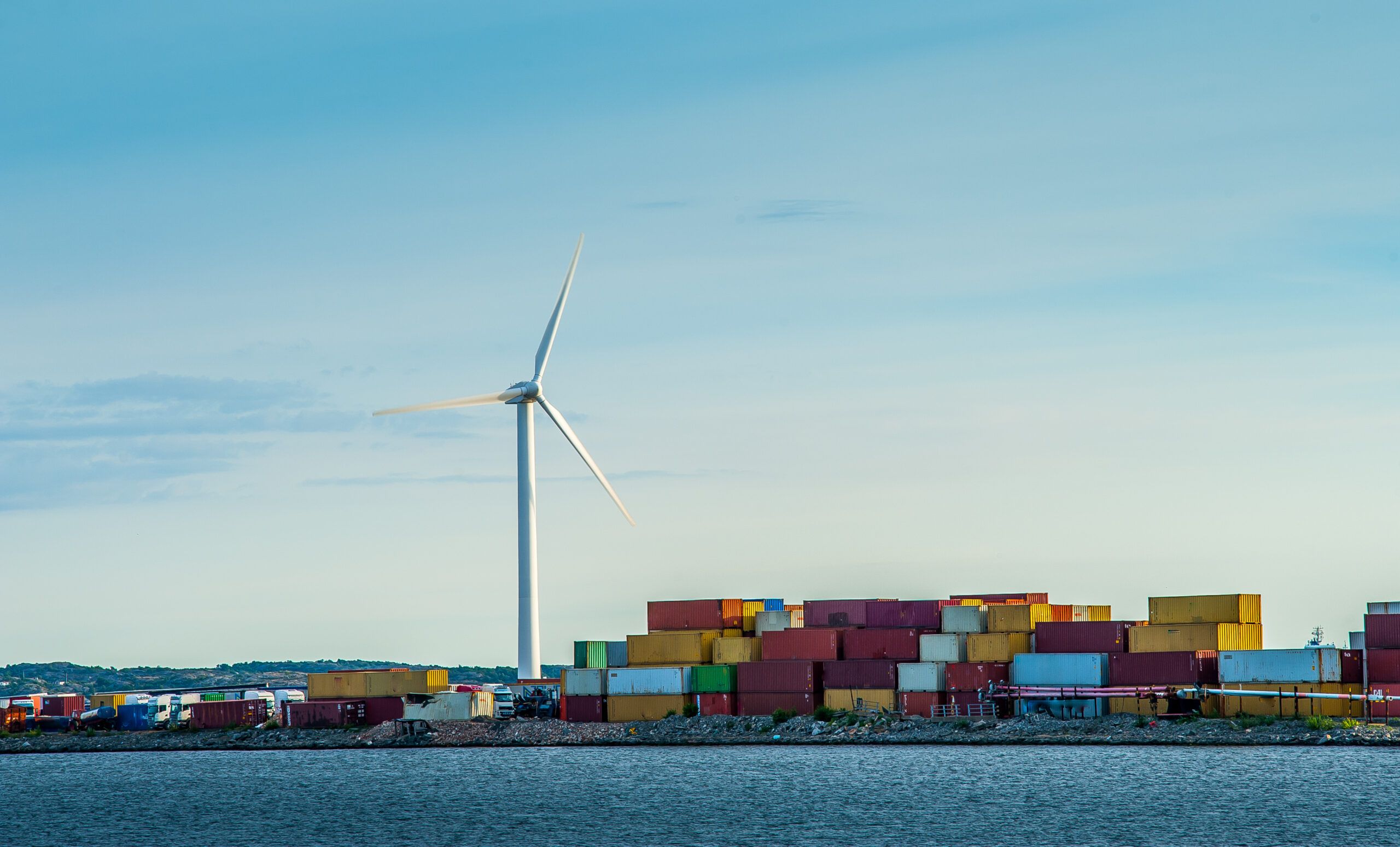
Possible solutions: green corridors, renewable generation
The study proposes a number of solutions to close this gap:
- Investigate the possibilities of generating renewable energy along its coastlines, consulting with offshore wind, solar and even nuclear energy providers, actively collaborating with the world's leading suppliers of low and zero carbon fuels, research institutes and foundations set up to accelerate R&D in the use and uptake of new alternative fuels.
- Several green corridors have been announced, including the ports of Los Angeles and Shanghai, and the ports of Antwerp and Montreal. Port authorities could take on the role of land-based coordinators between stakeholders.
- Provide incentives for shipowners to improve the environmental performance of their fleets through a calculation system based on indices such as the IAPH Environmental Ship Index, a proven method to reduce emissions at the dockside.
Of the three indicators, Shieh sees the role of digitalisation as the biggest enabler to help close the gap on the other two big challenges. "There is great potential and willingness from all sides to seriously explore digitalisation, which can definitely help reduce emissions and improve resilience. My experience throughout this process is that there is a genuine recognition by industry that a lot of things need to be fixed."
The methodology of the document: an international collaboration
The document was prepared by the IAPH's World Ports Sustainability Program, launched in 2018, which among other initiatives, collects over two hundred best practices in sustainability. The World Bank has also contributed, in a relationship that arose with the joint creation of a COVID-19 working group aimed at supporting ports.
"The relationship with the World Bank has helped us identify these infrastructure gaps and create a tangible action plan to address them," he explains.
The methodology included multiple working sessions based on previous research conducted by the University of Antwerp. "Our research assistants conducted an in-depth study that we divided into the different topics covered by these three indicators. We generated several summaries for the eight regions of the world and invited executives from ports, maritime logistics, terminal operators, governments and academics to these sessions," recalls Shieh.
While acknowledging that closing these gaps is a challenge, Shieh draws positive conclusions from the process. "A very positive dynamic was established between the parties involved. The dialogue between representatives of shipping, ports, logistics agents, shipowners and governments shows that the industry is ready to address and implement an action plan to close these gaps," he concludes.



